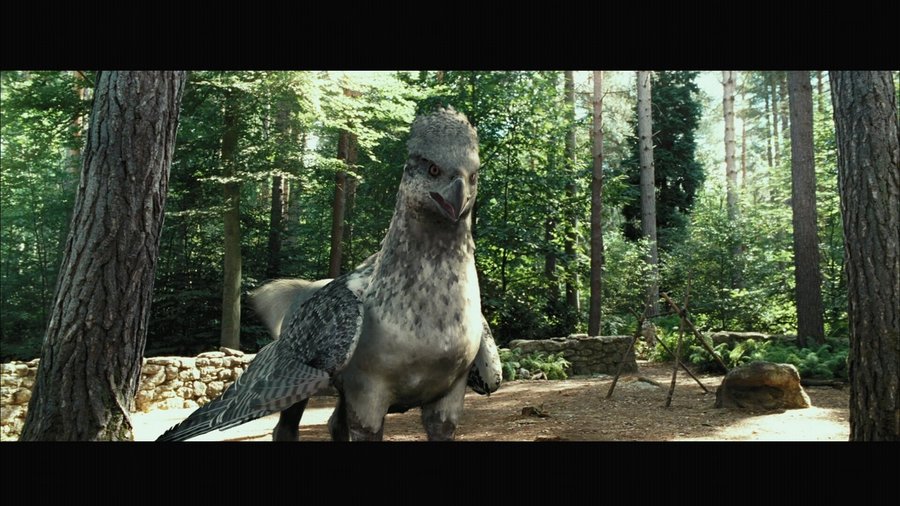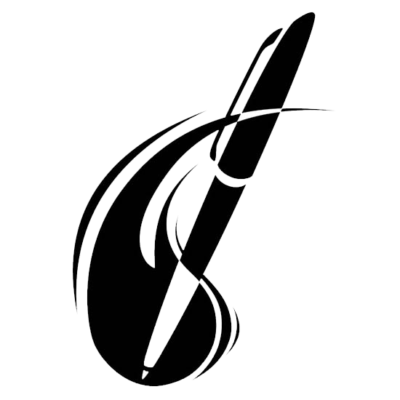How to create original fantasy creatures

Among the interesting questions I have received from fantasy readers is the one regarding my process for creating and naming original fantasy creatures. Here is my little how-to on the process:
Take fascinating creatures from the real world and dissect them. Ask yourself: What do I find fascinating about these creatures? What abilities do they possess that inspire my imagination? Do their scales or their colors make them memorable? What parts of their bodies are interesting or unique?
Mash together elements from the creatures you’ve considered. You might do what I did by pulling in the head of an alligator, the feet of a dragon, the tail of a dinosaur, and then make six legs instead of four. The result was my first version of a Megatrath (so far my most popular creature). I felt that the head of the alligator gave the Megatrath a vicious demeanor, the length of its body allowed it to react with the speed of a snake, and the scales on its body armed it like a dragon. This was a creature I envisioned as a powerful adversary and a valuable ally.
Name the creature’s species. In the case of the Megatrath I wanted the name to convey brute strength, patience, arid terrain, and the largeness of its body. Mega for the size and strength, and trath combined trek (like a long journey) and wrath.
This is a simple system but it has worked very well in creating my fantasy worlds. Originality is key to producing a fantasy world that readers will remember, and one answer to that need is to craft original creatures. If you like dragons, gryphons, serpents, and the phoenix, then use them as well. But put them in a world populated by creatures new and strange.
Question: Does this process give you ideas for how to create your own fantasy creatures?

This has been very helpful.
I had spent a lot of time mixing and mashing creatures as you had described above, but could never create a good workable name for them. How you named the Megatrath was very interesting. I will try to use a similar process in naming my own creatures.
Thank you Mr. Appleton!
[I am interesting in reading your “Sword Of The Dragon” Series, but have not purchased a book yet. It sounds rather intriguing. 🙂 ]
Glad you found it helpful! Sometimes the most difficult thing for me to do is explain how I reached different phases in the creative process to attain certain results.
Alexis, I look forward to the day you start reading “The Sword of the Dragon” series 🙂
Perfect! I am working on some scribbles that I hope will someday be a book. And I needed some original creatures. Thank you! This is a great idea, especially the naming technique! Thanks again!
Nate
Glad I could help 🙂 Coming up with techniques for developing unique/creative story elements is a fascinating pursuit.